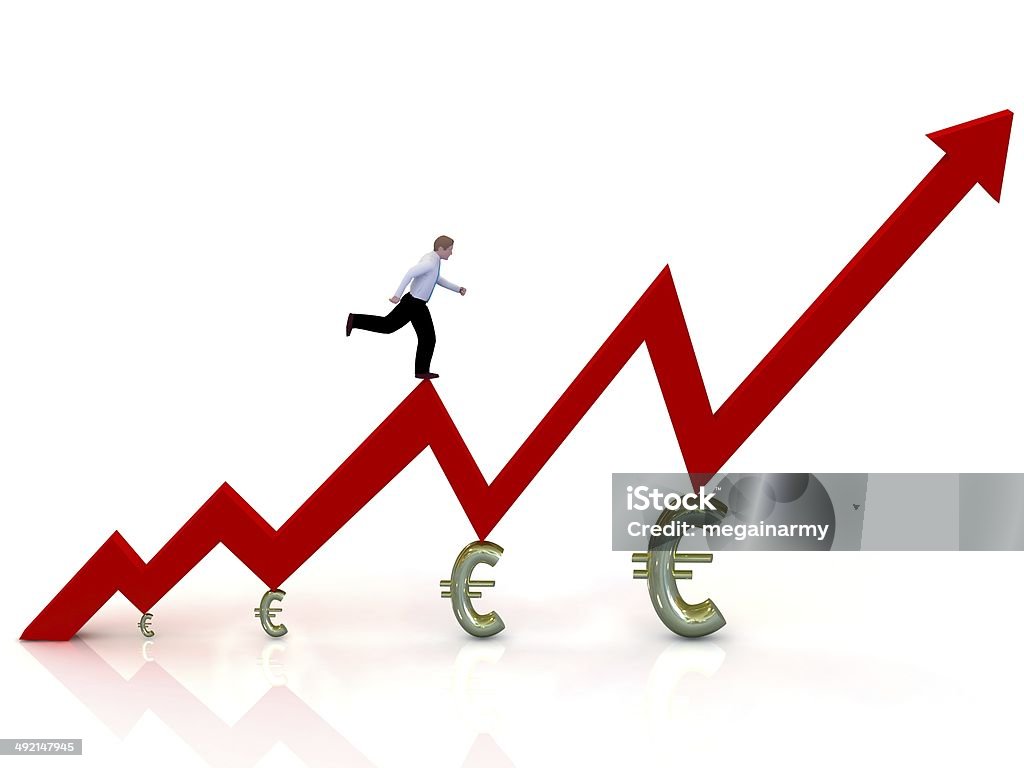Understanding the Forex Market
What is Forex Trading?

Forex—short for Foreign Exchange—is a global decentralized market for trading of the world’s various currencies. While in the stock market one does the buying and selling of company shares, in forex trading, speculations are made on the exchange rate of two currencies.
How Does Forex Trading Work?
Forex trading happens in a 24-hour, five-day cycle, and major financial centers, like London, New York, and Tokyo, run the activity of the market. Traders gain from currency appreciation or depreciation by selling one currency and buying another simultaneously.
Major Currency Pairs
The Forex market is huge and comprises a large array of currency pairs in existence. However, some are traded more actively than others. These are normally referred to as major currency pairs:
EUR/USD (Euro/US Dollar)
USD/JPY—US Dollar/Japanese Yen
GBP/USD—British Pound/US Dollar
USD/CHF—US Dollar/Swiss Franc
AUD/USD—Australian Dollar/US Dollar
NZD/USD—New Zealand Dollar/US Dollar
USD/CAD—US Dollar/Canadian Dollar
How to Get Started Trading Forex
Selecting a Forex Broker
A forex broker provides access between you, the trader, and the forex market. Some of the main things you should look for when looking for your broker include regulation, trading platform, spreads, leverage and customer support.
Opening a Forex Trading Account
Most of the brokers require personal information, proof of identity, and proof of address to be provided for opening an account. You, no doubt, will have to choose the type of account you want: standard, mini, or micro, depending on how much capital you have available to trade.
How Leverage Works
Leverage is a tool that allows traders to control larger positions with a smaller amount of capital. Always remember that it can both increase your profits and your losses. Never be careless about leverage. Practice with a demo account.
First, practice with a demo account before risking real money. This allows you to get familiar with the trading platform, test different strategies, and learn about market dynamics with no financial risk.
Fundamental and Technical Analysis
Fundamental Analysis
The fundamental analysis is a study of the economic indicators, political events, and events of other nature that may have an impact on the currency values. It helps to define long-term trends.
Technical Analysis
Technical analysis considers charts of prices and patterns to project future movements in prices. This approach’s basics are founded on the belief that market history tends to repeat itself.
Combining Fundamental and Technical Analysis
Many traders combine both fundamental and technical analysis in their quest to make informed trading decisions.
Risk Management
Stop-Loss and Take-Profit Orders
Stop-loss orders are automatically closed out positions when the price reaches a certain level to limit losses. Take-profit orders close a position when the price reaches a predetermined profit target.
Position Sizing
The proper sizing of positions is very important for risk control. Never risk an inordinate percentage of your trading capital on any one trade.
Diversification
Distribute your risk across a few currency pairs to minimize exposure to any one market.
Forex Trading Strategies
Scalping: The technique involves benefiting from small price movements for quick profits. This strategy incorporates high levels of focus and speed.
Day Trading:The position of the day traders is usually held for a few hours or less. This strategy takes advantage of the intraday fluctuations in prices.
Swing Trading:The swing trader holds positions for several days to several weeks, capturing the medium-term swings in prices.
Position Trading:Here, the position is held for several weeks to several months; it deals with the long-term market trends in the market.
Psychology of Trading
Emotional Control: Trading is emotionally draining. One has to learn how to cope with fear, greed, and impatience.
Designing a Trading Plan: A good trading plan defines your goals, risk tolerance, and trading strategy. It keeps you disciplined to the strategy laid down.
Constant Learning: The forex market is dynamic. One needs constant learning to be updated about market trends and to formulate new strategies.
Conclusion:
Forex trading holds the power of opportunity and risk. Success in forex means knowledge, discipline, and risk management. With a proper grasp of the basics and practicing them effectively, with a solid trading plan at its core, you would be able to correctly guess the markets and hence achieve your financial goals.
Note: Forex trading involves significant risk. It’s essential to do thorough research and consider consulting with a financial advisor before investing.
Summary
The article has covered everything, from basics and trading strategies, risk management, to the role of psychological control in forex trading. I would, therefore, like to stress that a great deal of research and management of the risks is required before trading on the forex market.
Click here for the Best Forex Trading Platform
